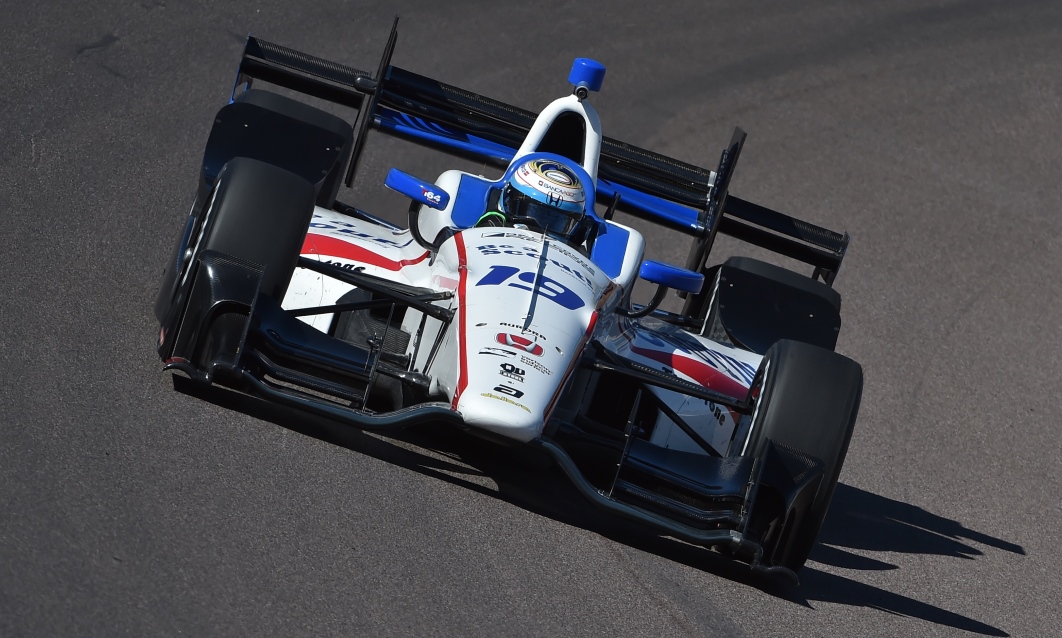Turn 8 according to Filippi
“Braking into Turn 8 is very challenging. We go downhill with lateral g force coming out from Turn 7, and at the same time we hit the curb quite a lot. And with all that, we try and brake as late as possible into Turn 8 and still having a good exit; it's crucial for the following straight line section. It's a tricky braking zone!”
Two chicanes at Barber
Drivers then hit the brakes to go over the Turn 8 and 9 chicane. Drivers will be very aggressive, jumping the curbs to shorten track distance, keeping the car straight and then down the long back straight, which involves the flat out Turn 10 and 11 high-speed chicane.
Completing the lap
The drivers will use the brake for just one second to slow the car entering Turns 12 and 13. The final section of the track involves very little braking capacity; just a light touch of the brakes to enter Turn 16 will slow the car into the apex. One quick left in Turn 17, which exceeds 100 mph before coming back to the start-finish line.
“The last section is my favorite as Turns 11-12 are a blind fast chicane, it's very challenging and demanding for drivers,” added Filippi.
“After that, there is a really technical braking into the last two corners.”

